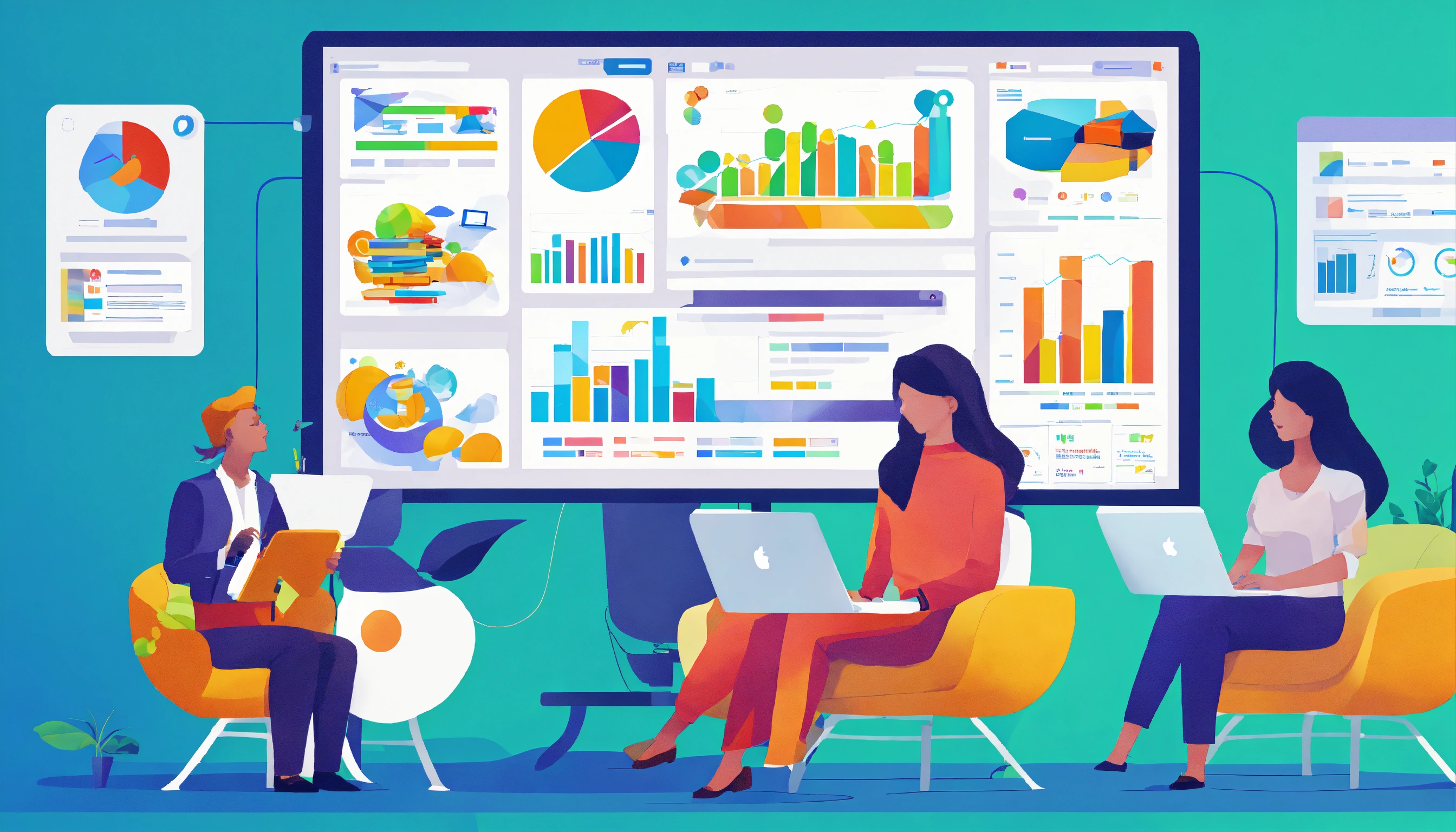In the digital age, data is more than just numbers; it’s the lifeblood of successful businesses. By leveraging online business analytics, companies can gain valuable insights into customer behavior, operational efficiency, and market trends. These insights help businesses make informed decisions that drive growth and profitability. However, navigating the world of analytics can feel overwhelming, especially for beginners. That’s why understanding the basics and common questions about online business analytics is crucial.
In this FAQ guide, we’ll break down the essentials of online business analytics in a clear and friendly way. Whether you’re a small business owner, a marketer, or simply curious about how data can shape business outcomes, these answers will help you make sense of it all and apply what you learn to boost your business.
FAQs about Online Business Analytics
1. What is online business analytics?
Online business analytics involves using digital tools and techniques to collect, analyze, and interpret data from your business activities, such as website traffic, customer behavior, and sales performance.
2. Why is online business analytics important?
It helps businesses make data-driven decisions, improve customer experiences, identify trends, optimize marketing efforts, and ultimately increase revenue.
3. What types of data can I analyze with online business analytics?
You can analyze website traffic, user demographics, purchase history, customer behavior, marketing campaign performance, and operational metrics such as inventory or staffing levels.
4. What tools are commonly used for online business analytics?
Popular tools include Google Analytics, Microsoft Power BI, Tableau, Adobe Analytics, and CRM platforms like HubSpot or Salesforce.
5. How can online business analytics improve my website’s performance?
By analyzing website traffic and user behavior, you can identify what’s working and what’s not. This allows you to optimize pages, improve navigation, and enhance user experiences to drive more conversions.
6. Do I need technical expertise to use business analytics tools?
No, many analytics tools are user-friendly and designed for beginners. However, some advanced features may require technical knowledge or the help of a professional analyst.
7. How can I use analytics to improve my marketing campaigns?
Analytics helps you track key metrics like click-through rates, conversions, and ROI. You can use this data to identify which campaigns are most effective, optimize ad spend, and target the right audience.
8. What are key performance indicators (KPIs) in business analytics?
KPIs are measurable values that indicate how effectively a business is achieving specific objectives. Examples include revenue growth, customer acquisition cost, website bounce rate, and average order value.
9. How often should I review my analytics data?
Review your analytics regularly—weekly or monthly—to monitor trends and make timely adjustments. For fast-paced campaigns, daily reviews might be beneficial.
10. Can online business analytics predict future trends?
Yes, predictive analytics uses historical data and algorithms to forecast future trends, helping businesses anticipate customer needs and market changes.
11. How do I ensure the data I collect is accurate?
Use reliable tools, regularly audit your analytics setup, and ensure proper tagging and tracking codes are implemented. Double-check data entry processes to avoid manual errors.
12. What is real-time analytics, and why is it useful?
Real-time analytics provides data as it’s generated, allowing you to make immediate decisions, such as adjusting a live campaign or resolving website performance issues.
13. How can small businesses benefit from online business analytics?
Small businesses can use analytics to identify their target audience, optimize limited resources, improve customer retention, and gain a competitive edge.
14. What is the role of customer segmentation in analytics?
Customer segmentation involves dividing your audience into groups based on shared characteristics. Analytics helps you understand these segments, enabling personalized marketing and better service.
15. How do I start with online business analytics if I’m a beginner?
Start with simple tools like Google Analytics, focus on a few key metrics (e.g., traffic, conversions), and gradually expand your analysis as you become more comfortable.
16. What are common challenges in online business analytics?
Challenges include data overload, ensuring data privacy compliance, integrating multiple data sources, and interpreting complex analytics results effectively.
17. How can I measure the ROI of using online business analytics?
Track improvements in revenue, reduced costs, or increased efficiency directly linked to decisions made based on analytics insights.
18. Are there risks in relying on analytics?
Relying too heavily on analytics without considering context or qualitative factors can lead to misguided decisions. Balance data insights with human judgment for the best results.
19. How can I use analytics to understand customer behavior better?
By analyzing patterns such as browsing habits, purchase history, and time spent on specific pages, you can uncover customer preferences and pain points to tailor your offerings.
20. How does data privacy impact online business analytics?
Data privacy laws like GDPR and CCPA require businesses to collect, store, and use data responsibly. Always obtain consent and ensure compliance to avoid legal issues.
Conclusion
Online business analytics is a powerful tool for driving profitability and growth in today’s data-driven landscape. By understanding what analytics can do, choosing the right tools, and interpreting your data effectively, you can unlock insights that help you optimize every aspect of your business. Whether you’re just starting or looking to refine your approach, the answers in this guide offer a strong foundation to help you succeed.
Now it’s your turn—start analyzing your data, uncover profitable insights, and watch your business thrive!






0 Comments